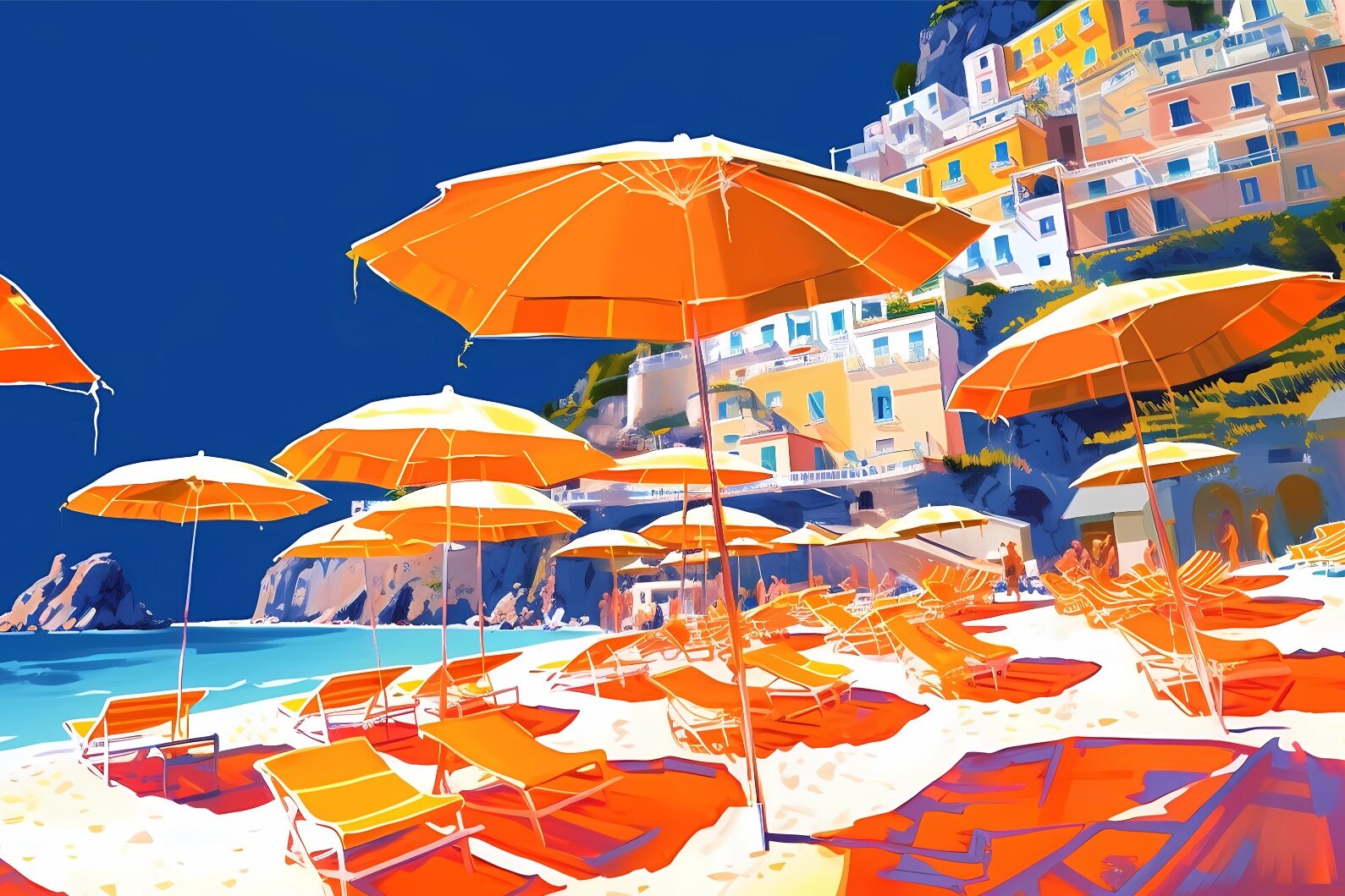Hollywood is considered as the cradle of world cinema, but Italy also has its own small version of it: the Cinecittà Studios. Located just a few miles from the center of Rome, they are the largest film studios in Europe and the set of thousands of international and Italian movies, television shows, and music videos.
Founded in 1937 by Benito Mussolini to give a boost to the Italian movie industry and to promote his policy, in the 1950s and 1960s Cinecittà became like a second home for many Hollywood stars, hosting productions of historical value such as William Wyler’s Ben Hur and Federico Fellini’s La Dolce Vita.
More recently, Mel Gibson and Martin Scorsese also choose the Roman studios as a location for their films, respectively, The Passion of The Christ and Gangs of New York. And just a couple of months ago, Cinecittà welcomed the Universal production “Everest”, a movie directed by Baltasar Kormakur and starring Jake Gyllenhaal to be released in 2015.
Therefore, despite the risk of closure due to expense cuts and the harsh protests due to layoffs in the last few years – and considering that the facility was sold by the Italian Government to private investors in 1997, in order to save it from bankruptcy -, the prestigious Studios are still alive and kicking.
And the year 2014 marks the 77th anniversary of Cinecittà, which was commemorated by the Internet world with a special “doodle” reproducing the famed Studios. In addition, among the letters that form the word Google creatively turned into film sets hid some symbols of Cinecittà’s history and success, like the chariot from Ben Hur and the Vespa from Vacanze Romane.
Google’s initiative was very remarkable and it easily drew people’s attention. Thanks to its resonance both in Italy and abroad, the web site of Cinecittà Studios was rushed and even went offline for some time.
As it represents an essential part of our cultural and historical heritage, the “Hollywood on the Tiber” – as it was nicknamed in the 1960s – must be preserved and promoted, for the golden age of Italian cinema to be more than just an old memory.





























